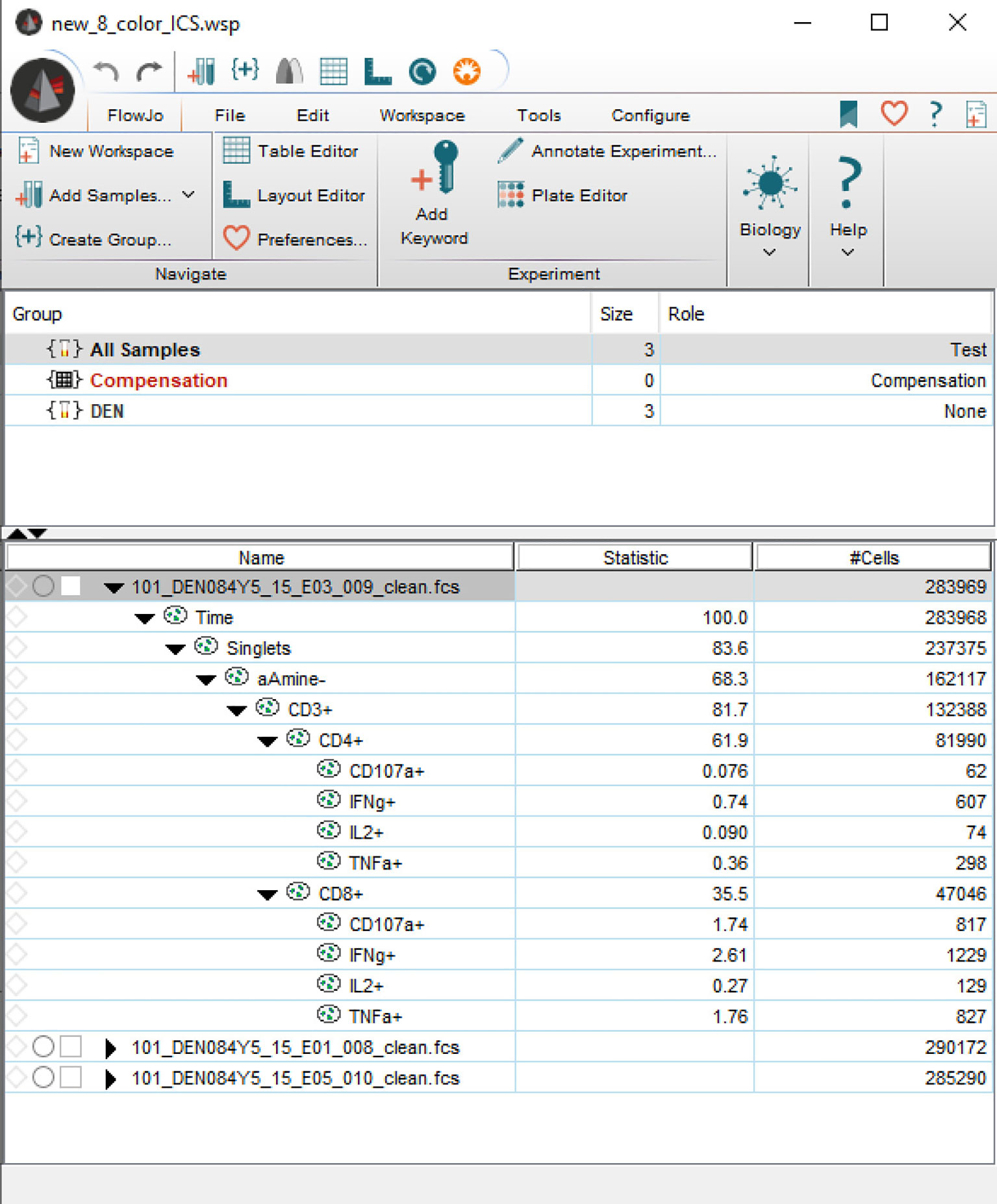

On-site conservation of cells could overcome these limitations and allow broader applicability. This dependence on fresh samples makes this diagnostic approach expensive and limits its use to large hospitals with the required laboratory infrastructure. However, up to date flow cytometry of urine cells strictly depends on fresh samples, as prolonged incubation of cells in urine induces cell death and alters cell characteristics (Stachowski et al., 1998). Accordingly, increased numbers of urinary immune cell subsets, podocytes or tubular epithelial cells have been reported as biomarkers in several kidney diseases such as Lupus Nephritis (LN) (Arazi et al., 2019 Dolff et al., 2010 Enghard et al., 2009 Enghard et al., 2014 Kopetschke et al., 2015 Perez-Hernandez et al., 2016 Scott et al., 2016 Zhang et al., 2017), ANCA associated Vasculitis (Abdulahad et al., 2009), Kidney Allograft Rejection (Goerlich et al., 2020), idiopathic Membranous Nephropathy (Mella et al., 2020), autosomal dominant polycystic kidney disease (Zimmerman et al., 2019) and Acute Kidney Injury. Several groups including ours have reported flow cytometric analyses of urinary cell populations as non-invasive biomarkers in various settings, as it is already widely used for analysis of peripheral blood cells. Consequently, there is a large need for novel biomarkers, for non-invasive diagnosis, outcome prediction and monitoring treatment response.
#Flowjo panel analysis free#
Kidney biopsy is the current diagnostic gold standard, but is invasive by nature and not free of risk, limiting its applicability especially in the follow up. However, the current parameters in use have only limited utility for establishing a diagnosis, predicting outcome and monitoring of treatment response. Routine laboratory work-up of kidney diseases include serum creatinine, proteinuria and urinary sediment, which yield valuable information about kidney function and potential etiologies of functional impairment. Kidney diseases are among the most common diseases worldwide, affecting an estimated 10% of the global population (Collaboration GBDCKD, 2020). The hereby presented preservation method facilitates future investigations on flow cytometry of urinary cells as potential biomarkers and may enable broad implementation in clinical practice. Cellular event counts and staining properties of cells remain comparable to fresh untreated samples. The preservation method increases acceptable storing time of urine samples from several hours to up to 6 days. The protocol utilizes a combination of the formaldehyde releasing agent imidazolidinyl urea (IU) and MOPS buffer, leading to gentle fixation of urinary cells. Here we developed an easy-to-use two-step preservation method for conservation of urine samples for subsequent flow cytometry. However, up to date this methodology depends on fresh samples, as cellular event counts and the signal-to-noise-ratio deter over time. Urinary cells are promising biomarkers and their analysis by flow cytometry has demonstrated its utility in diverse clinical settings. Currently there is a large unmet need for novel biomarkers to non-invasively diagnose and monitor kidney diseases. Kidney diseases are a major health concern worldwide.


 0 kommentar(er)
0 kommentar(er)
